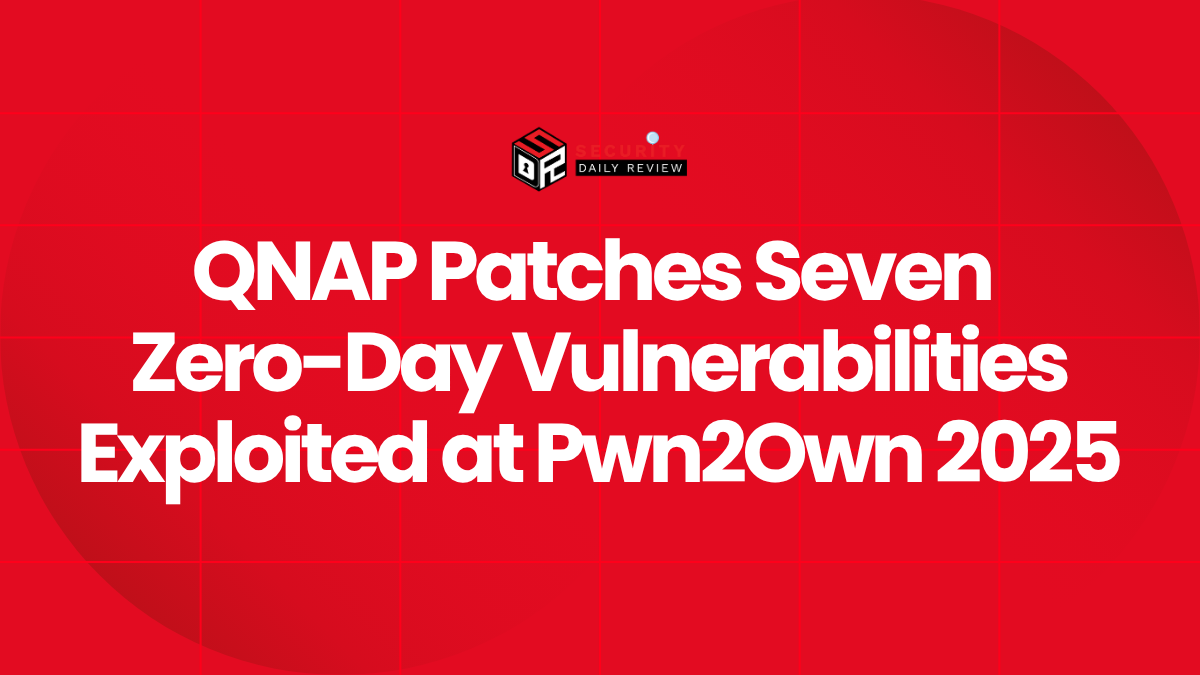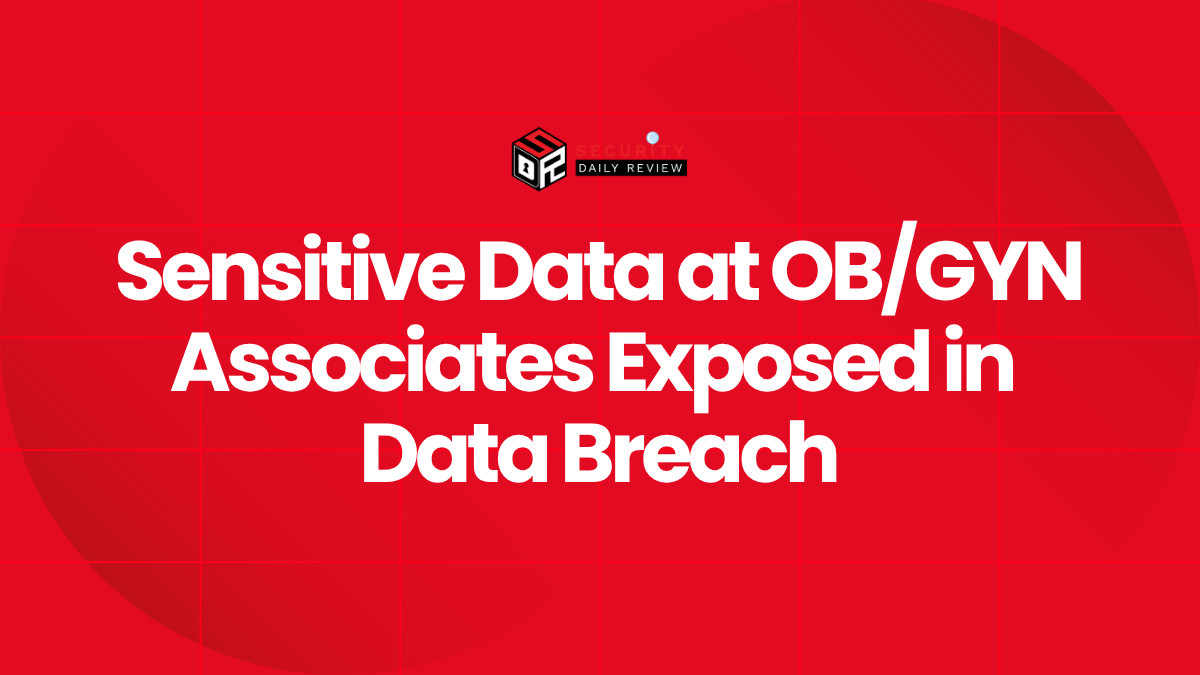In a recent Windows Insider Preview build, Microsoft unveiled significant updates to two of its security features: Quick Machine Recovery (QMR) and Smart App Control (SAC). These enhancements aim to streamline system restoration while improving control over application security without forcing users into cumbersome reinstallation workflows.
The changes, currently available to select users in the Canary and Dev channels, introduce improvements that could redefine incident response and threat mitigation for Windows-based environments. By prioritizing speed and flexibility, Microsoft seeks to strengthen Windows’ native defense posture for consumers and enterprise users alike.
Quick Machine Recovery Gets a Boost in Speed and Scope
QMR as a Rapid Recovery Framework
Quick Machine Recovery was first introduced as part of the Windows Update recovery platform. Designed to facilitate rapid rollback to a known-good configuration in the event of a system failure or compromise, QMR creates and stores essential system recovery information that can be used without requiring a full reimaging process.
Microsoft is now testing a faster version of QMR that reduces recovery times and leverages more efficient image snapshot techniques.
Increased Reliability Through Reduced Downtime
By refining key mechanisms in the recovery pipeline, Microsoft reports that the enhanced QMR version can:
- Decrease Windows recovery initiation time
- Lower dependency on large full image backups
- Improve integration with Windows Update and rollback features
This places QMR closer to a near-instantaneous recovery capability by limiting the amount of data that must be restored, which is especially valuable for enterprises where system uptime is critical.
Smart App Control No Longer Tied to Clean Installs
Unlinking Security Feature from Installation Method
Smart App Control (SAC), introduced with Windows 11, is Microsoft’s built-in application whitelisting solution that relies on code signing and reputation-based heuristics to block potentially harmful applications by default.
Previously, enabling or re-enabling SAC required performing a clean installation of Windows, creating friction for end users and administrators seeking to turn the feature on post-deployment. This has hindered adoption, despite the tool’s effectiveness in reducing executable-based malware infections.
New Toggle Feature Offers Greater Admin Flexibility
The latest build removes this restriction. With the update, users can now:
- Turn SAC on or off without a full clean install
- Re-enable it later through Windows Settings if it was previously turned off
- Evaluate impacts of SAC in real-time environments without irreversible setup steps
This change represents a major usability improvement for both consumers and managed environments. Organizations testing SAC can now deploy it more fluidly across existing installations and toggle it as part of broader endpoint protection testing.
Addressing Enterprise Security Priorities
Balancing Control With Usability
Microsoft’s core goal with these updates appears to be a fortification of application and operating system integrity while maintaining—or even simplifying—usability. Fast recovery through QMR reduces the cost and complexity of reverting from mishandled updates or advanced persistent threats. Meanwhile, a more flexible Smart App Control reduces the friction involved in testing or deploying application protections within varied environments.
Security Teams Gain More Granular Responses
Security leaders are expected to benefit from:
- Improved incident response workflows due to faster recovery tools
- Easier testing of configuration changes involving application controls
- The ability to reduce endpoint risk profiles with simpler deployment of Smart App Control
Together, these updates align with Microsoft’s broader Zero Trust strategy while improving telemetry and recovery in endpoint detection and response workflows.
What These Updates Mean for Users and Admins
Preliminary Availability and Future Rollout
These features are currently being evaluated in the Windows Insider Preview program and are subject to change based on feedback and testing results. Microsoft has not confirmed a general availability timeline, but the direction points toward stable integration in future Windows 11 updates.
Organizational IT teams are encouraged to begin testing these updates through preview builds and align their endpoint security baselines accordingly. The enhancements showcase Microsoft’s commitment to improving Windows’ native security surface—offering more intelligent control and more responsive recovery in the face of compromise or operational failure.
As these tools mature and become publicly available, they could significantly reshape how organizations manage system integrity and control software risks at scale.









